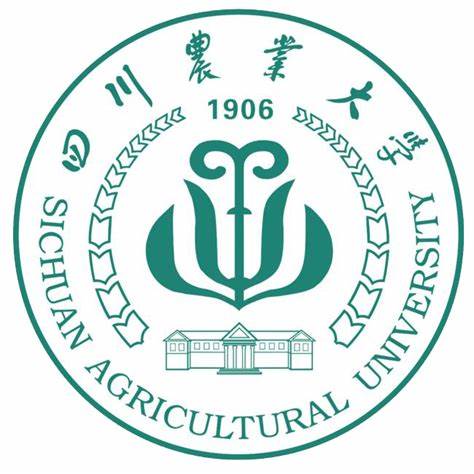Genetic diversity of field Fusarium asiaticum and Fusarium graminearum isolates increases the risk of fungicide resistance
作者: 张亚洲 审稿人:魏育明 时间: 2023-11-10 点击次数:次
https://phytopatholres.biomedcentral.com/articles/10.1186/s42483-023-00206-9
Phytopathology Research,volume 5, Article number: 51 (2023) ,Published: 07 November 2023
Ya-Zhou Zhang, Zhuo Li, Jie Man, Dan Xu, Lan Wen, Chen Yang, Qiang Xu, Qian-Tao Jiang, Guo-Yue Chen, Mei Deng, Yun-Liang Peng, Kai Zhong, Peng-Fei Qi & Yu-Ming Wei
Abstract
Fusarium head blight (FHB) caused by Fusarium species, seriously threatens the safety of wheat (Triticum aestivum) production. Resistant cultivars and fungicides are frequently used to control these FHB pathogens. However, Fusarium species have been adapting the current FHB control approaches in a manner that raises concern for future FHB control strategies, which could lead to a greater risk of FHB outbreaks. In this study, a total of 521 strains of Fusarium were isolated from Sichuan province of China, to investigate the diversity of Fusarium species and the genes associated with their adaptation. Seven species were identified based on molecular markers and morphological analysis. The virulence assays showed that Fusarium asiaticum (Fa) and Fusarium graminearum (Fg) were the two major causal agents of FHB, with high virulence and more frequent isolates. Fungicide resistance analysis showed that four isolates had developed the resistance to carbendazim, and four isolates had developed the resistance to tebuconazole. Of note, two point-mutation variants (F200Y and E198Q) occurred in the β2-tubulin gene, leading to the carbendazim resistance. The landscape of genomic diversity was analyzed through whole-genome sequencing, revealing a total of 182,811 and 430,733 variants (including: single nucleotide polymorphisms, SNP, insertion and deletion, Indel, and structure variation, SV) among the Fa and Fg isolates, respectively. In addition, potential alterations in gene function (15.22%) were predicted among Fg variants. These alterations offer potential helps for the Fusarium species to adapt to various managements of FHB, which may increase risks in developing fungicide-resistant isolates. However, these annotated genetic variants are valuable resources for further genetic and genomic studies, as well as potential markers to assist disease risk assessment.


